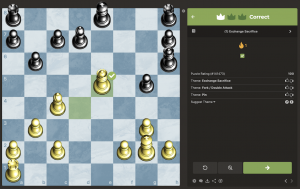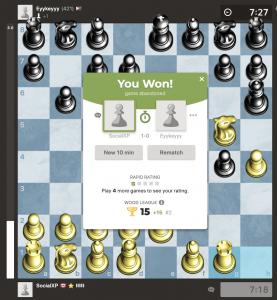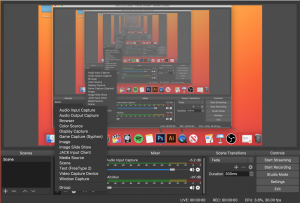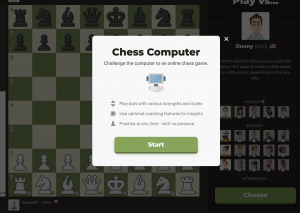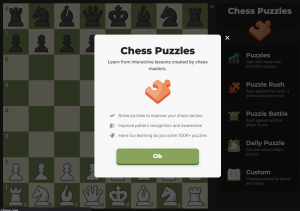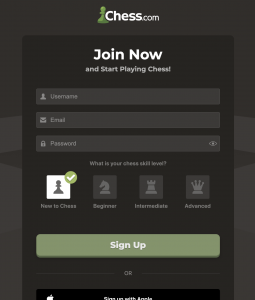As someone who spends probably too much time behind a computer/phone screen, I would consider myself educated in the risks that the internet imposes on its users. The problem with teaching students about the concept of digital citizenship is they lack the ability to see its importance at young ages. I remember when I was going through school the scare tactic was the most often used technique to teach about cyber safety. This tactic never shows the student the true importance of the topic and I can say we would usually blow off the scare tactics being imposed on us. We never really benefitted from this approach and I wouldn’t see how other students would be able to take away much from these lessons as it isn’t really something that is getting through the way we intend it too.
This definitely isn’t a topic that has a simple solution as progress would have already been made to get to the students and show them the importance of their digital footprint. I think the right approach would be to relate to the student and adapt to their lens as someone not exposed to the risks that unsafe use of technology imposes. Teach by using examples and showing the damage that can be done instead of scaring our youth from using the internet as they would.

Image: https://vpnoverview.com/wp-content/uploads/security-category-page-featured-image-with-shadows.png



